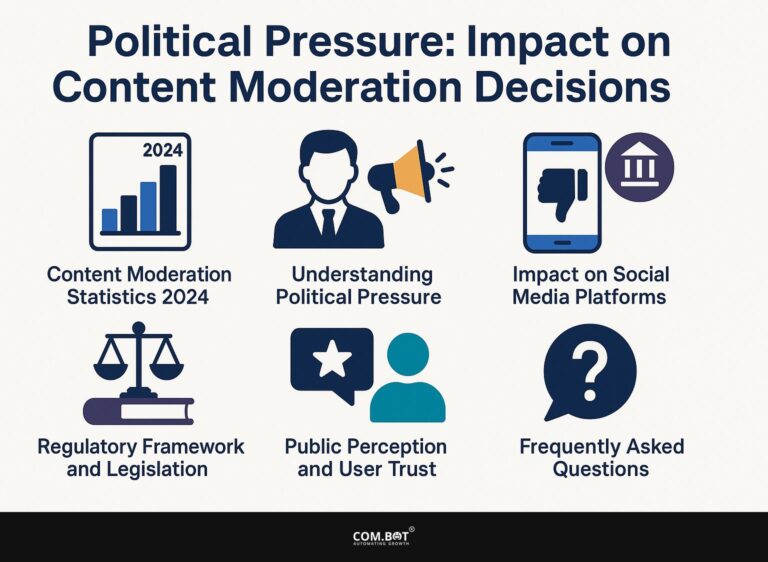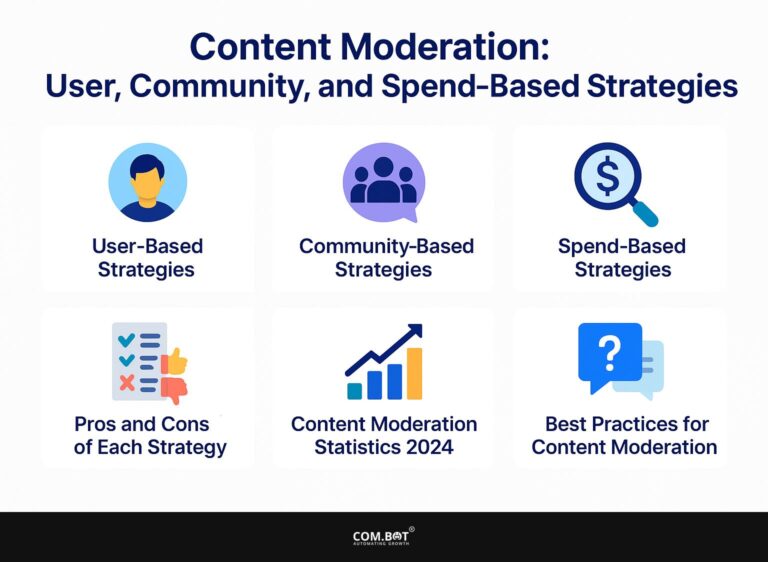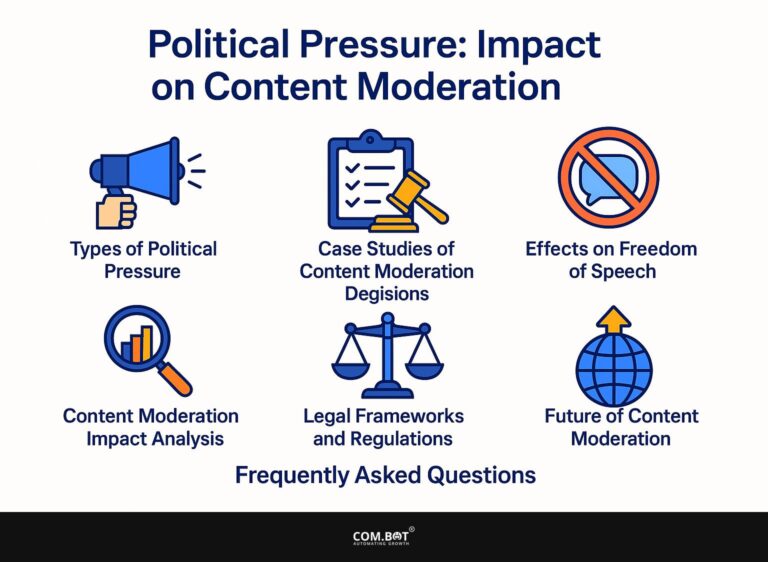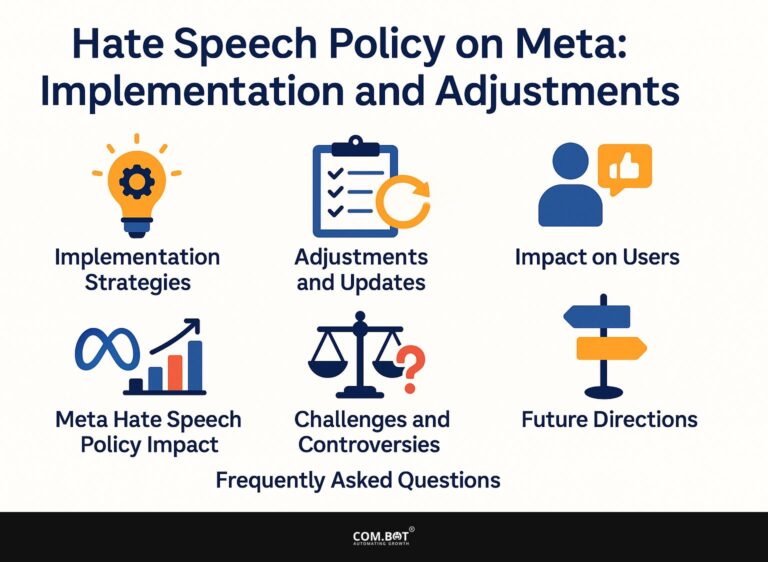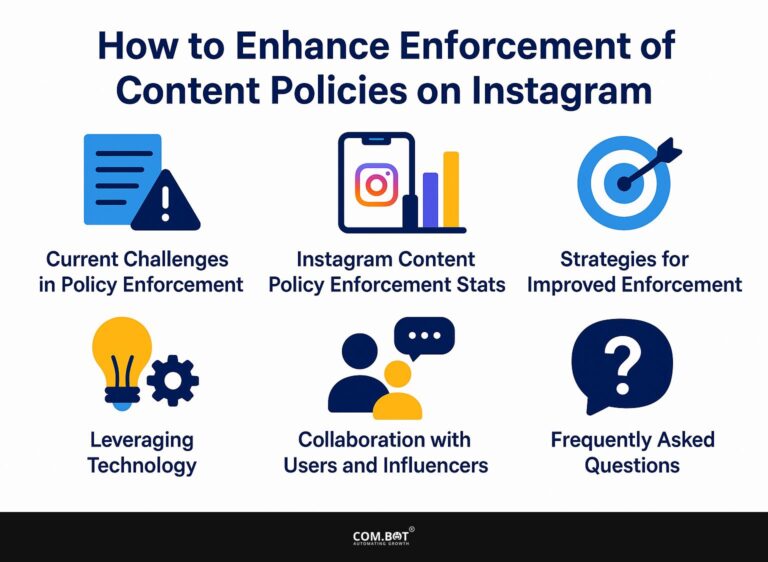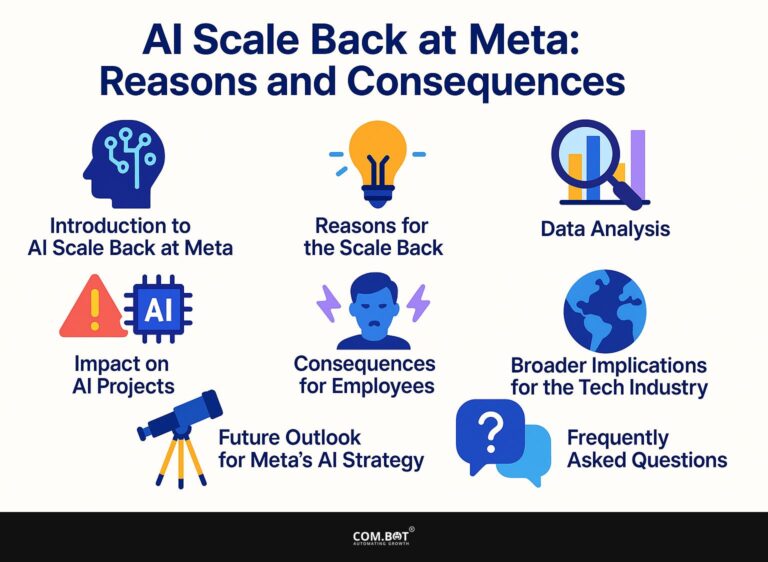Community Notes: Functionality and Influence on Content Accuracy
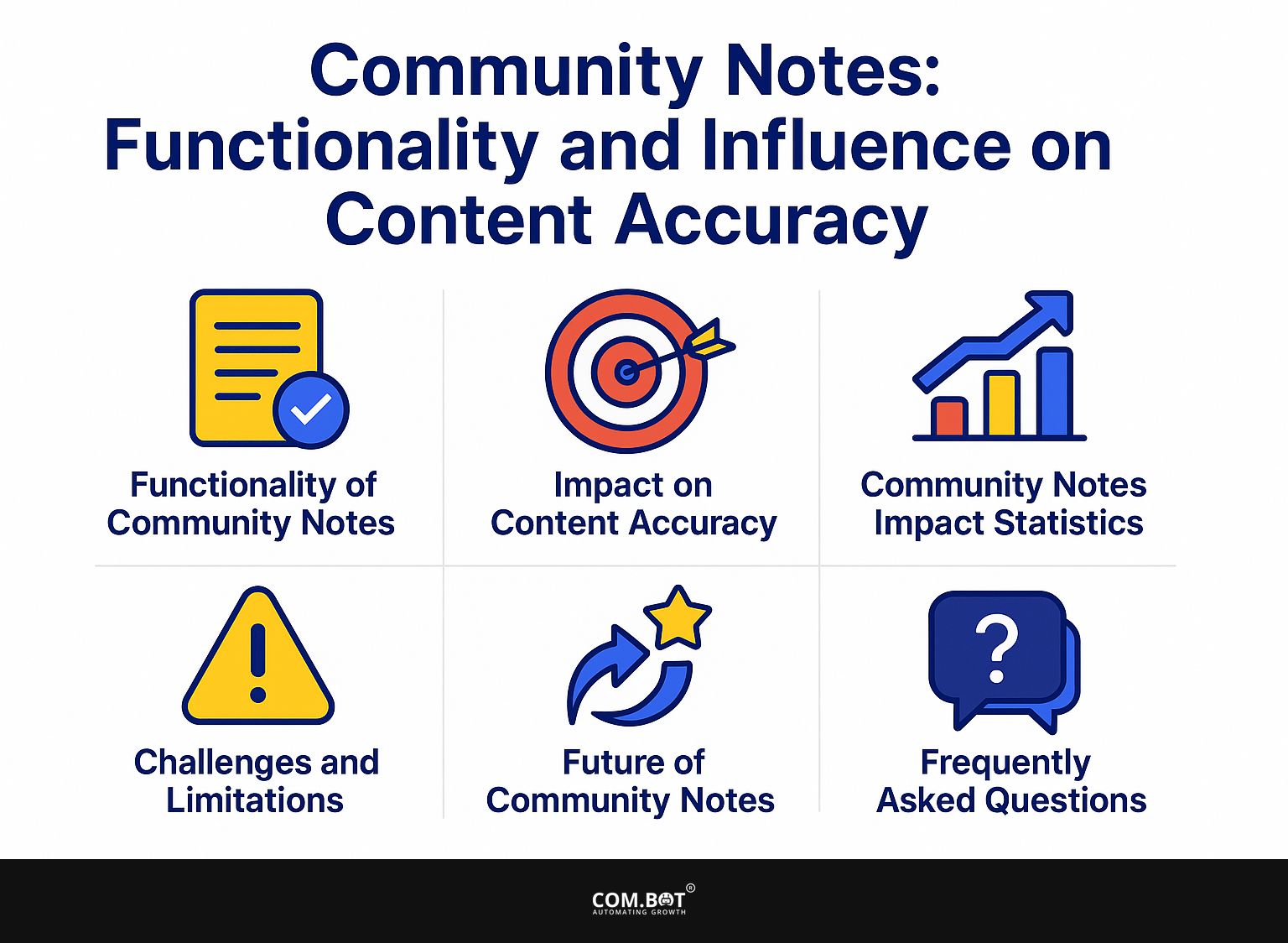
In a time filled with false information, Community Notes has become an important tool for improving content accuracy on platforms like X (formerly Twitter) and Meta. This feature lets users put flags on misinformation and rate how trustworthy posts are, which is important for improving the reliability of social media.
This article looks at how Community Notes work and their role in reducing bias, including how political views affect this, to help create a better-informed online community.
Key Takeaways:
- Community Notes provide a platform for users to contribute and collaborate on content, enhancing its accuracy and quality.
- Community Notes gather a range of input to build a varied and lively collection of information.
- Although there are difficulties and restrictions, Community Notes could improve and develop further in the coming years.
- 1 Functionality of Community Notes
- 2 Impact on Content Accuracy
- 3 Community Notes Impact Statistics
- 4 Challenges and Limitations
- 5 Future of Community Notes
- 6 Frequently Asked Questions
- 6.1 1. What is the purpose of Community Notes on content accuracy?
- 6.2 2. How does Community Notes affect the accuracy of content?
- 6.3 3. Can anyone contribute to Community Notes?
- 6.4 4. Can Community Notes be edited or removed?
- 6.5 5. How can I find Community Notes on a specific topic?
- 6.6 6. Are there any guidelines for writing Community Notes?
1. Definition and Purpose
At its core, Community Notes serves as a tool for crowd-based fact-checking, allowing users to collectively assess the trustworthiness of social media posts. This platform improves the accuracy of information by asking users to give context and proof for their posts.
For instance, when a contentious statement arises, users can add notes that include reliable sources and data supporting or refuting the claim. The reliability of content improves when users contribute often; contributions from experienced users increase the trustworthiness of information.
Following community rules helps make sure comments are helpful. Community Notes encourages users to work together and think carefully about content, which helps make the information better.
2. Historical Context
Launched in 2021, Community Notes emerged amid rising concerns over misinformation and the need for effective moderation on social media platforms. This initiative was inspired by the increasing challenges of verifying information, especially during significant events like the COVID-19 pandemic and political unrest.
In response, Community Notes allows users to contribute context to tweets, effectively crowd-sourcing fact-checking. The platform has grown in popularity, addressing misinformation by encouraging users to engage collaboratively.
Tools such as Twitter’s verification systems and third-party fact-checkers support this effort, helping people find trustworthy sources and correct false claims immediately.
Functionality of Community Notes
Community Notes uses a special system where users can add context and mark incorrect content, improving the quality of shared information.
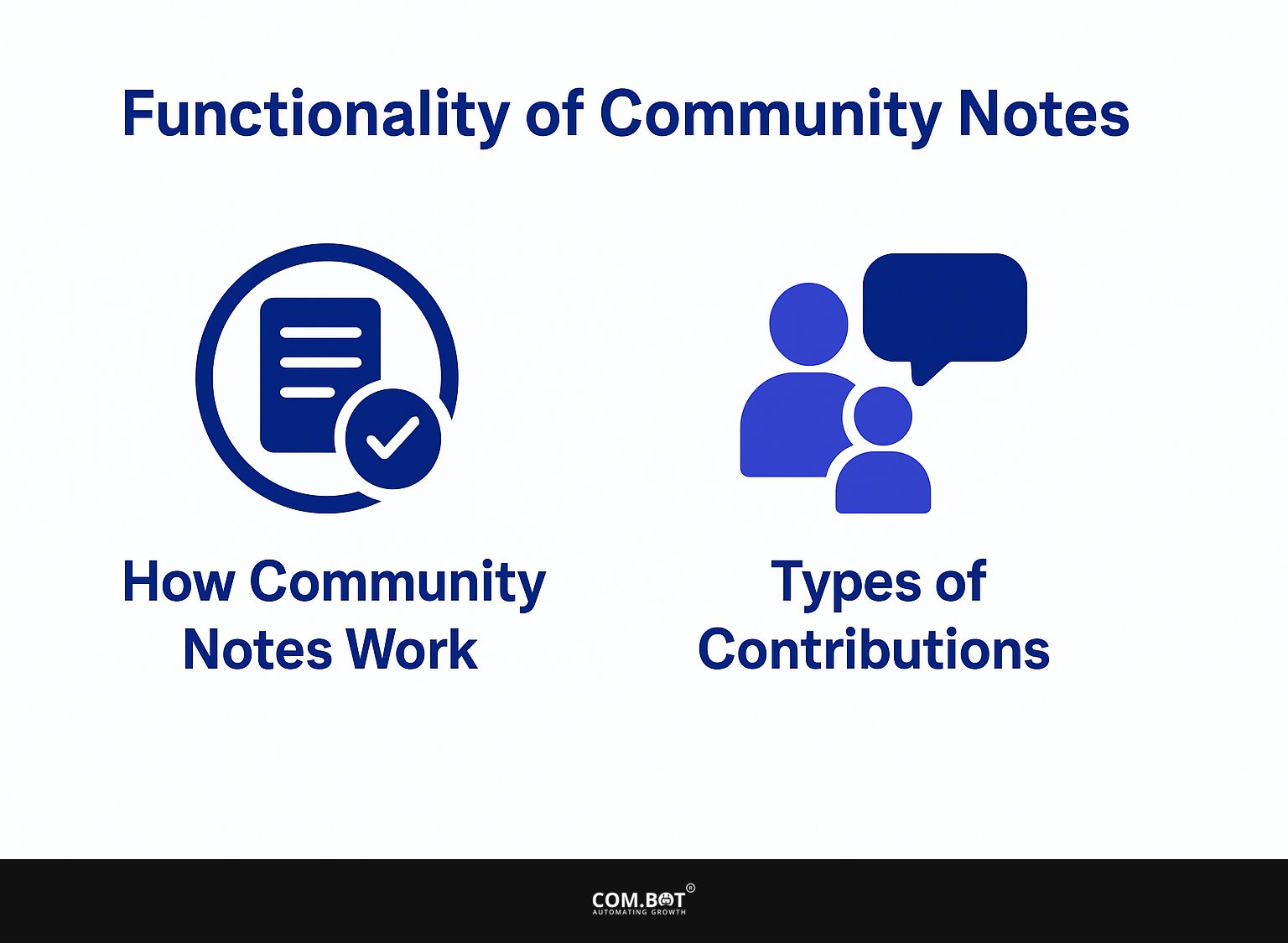
1. How Community Notes Work
Community Notes functions by allowing users to submit notes and flags, which are then reviewed for accuracy and relevance by peers within the community.
To contribute, start by submitting flags for specific claims that need correction. Use the platform’s interface to write detailed notes that provide context and sources for your assertions.
After submission, your notes enter a peer review cycle, where fellow users assess their validity and clarity. Use tools like Prolific to monitor how people interact with your work and collect their feedback. Working together on feedback makes the information more reliable and keeps the community responsible.
2. Types of Contributions
Contributors to Community Notes can provide diverse inputs, ranging from factual corrections to additional context that clarifies misleading posts.
For instance, contributors can fact-check claims by presenting reliable data or reputable sources that counter misinformation. They might give more details, explaining situations or specific points that the original post missed, which helps users understand everything fully.
Successful contributions often include using statistics from national health agencies or quoting experts in detailed discussions. This helps improve the community’s knowledge and participation.
Impact on Content Accuracy
Community Notes has improved the accuracy of content on social media by using the collective knowledge of many individuals.
Community Notes Impact Statistics
Community Notes Impact Statistics
Community Notes Publication and Impact: Publication Rates
Community Notes Publication and Impact: Contribution and Visibility
The Community Notes Impact Statistics Provide information about how often community notes are published and how they help make the platform more well-known. As we analyze the data from 2025, it highlights the growth and challenges faced in multilingual environments while showcasing the distribution of contributions within the ecosystem.
Community Notes Publication and Impact data illustrates the publication rates of notes in different languages. Notably, English notes 4.9%, compared to 7.1% Spanish notes
- Contribution and Visibility: A large portion of notes, around 90%
- Bot Account’s Contribution: With 3.1%
The data highlights the complicated interactions in community-focused content platforms. While publication rates reflect language-specific engagement levels, the high rate of unpublished notes indicates areas for process improvement. Bot contributions offer opportunities to use technology, but we need to make sure that people still review the work to keep it dependable and high quality.
Overall, the Community Notes Impact Statistics emphasize the need for planned improvements in how publications are handled and how contributors are aided to make the platform more beneficial for various languages and contributor types. The information helps improve how communities interact, aiming for more involvement and better results.
1. Improving Information Quality
By encouraging people to join in discussions, Community Notes has greatly cut down on false information, helping users become better informed.
For instance, studies show that misinformation has decreased by nearly 30% in platforms utilizing Community Notes effectively. This tool allows people to mark questionable statements and add background information, promoting teamwork in checking facts.
To maximize its impact, users can take actionable steps like:
- Joining discussions on controversial subjects
- Leaving constructive feedback
- Participating in note creation
Looking at different points of view improves content correctness and helps the community grasp concepts better.
2. Case Studies and Examples
Notable case studies demonstrate the effectiveness of Community Notes in combating misinformation, particularly around critical topics like public health and elections.
For instance, during the COVID-19 pandemic, Community Notes users identified misleading claims about vaccine efficacy. By working together and providing accurate information from trustworthy health organizations, they explained the situation, which helped people learn more about the safety of vaccines.
Similarly, during the 2020 election, users debunked false information about voting procedures, which helped restore confidence in the electoral process. These actions clarified facts and created a sense of responsibility, building user trust in the platform.
Challenges and Limitations
Although Community Notes has benefits, it also encounters some problems that can affect how well it works and how much users trust it.
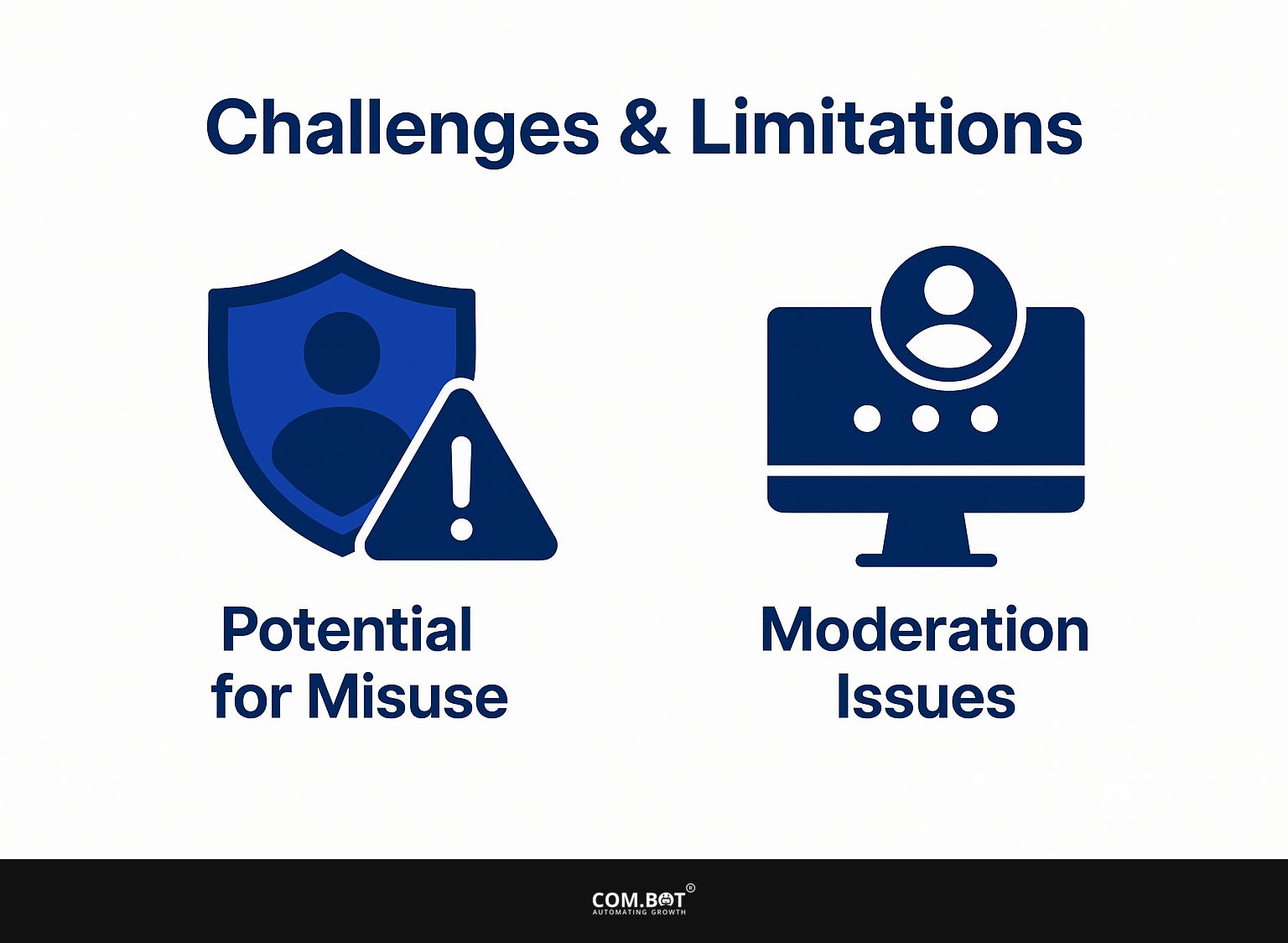
1. Potential for Misuse
The potential for misuse of Community Notes arises when users exploit the system to promote partisan agendas or suppress dissenting voices.
To reduce these risks, platforms can use a few different methods.
- Employ algorithmic detection to identify patterns of manipulation, such as repeated flagging by the same user group.
- Establish a system of diverse peer review, involving multiple users from different backgrounds to evaluate flagged content.
- Improve clarity by showing the history of flags for each note, so users can view patterns and possible biases.
Teaching users about responsible flagging helps maintain community integrity and encourages balanced discussions.
2. Moderation Issues
The scalability of Community Notes’ moderation remains a significant concern in ensuring the reliability of flagged content. Moderation challenges have surfaced in cases like misinformation proliferation during elections, where insufficient moderator bandwidth led to delayed responses.
In a study looking at various cases, reported content was often left unattended for days, which allowed false information to circulate. To make Community Notes better, they could use different ways to manage content, prioritize urgent reports, and use AI tools like Google’s Perspective API to assess the importance of the content.
Providing clear guidelines for a bigger group of volunteers would improve how quickly they can respond and how dependable the content is during important events.
Future of Community Notes
As misinformation keeps changing, Community Notes need to find new ways to stay useful in checking facts.
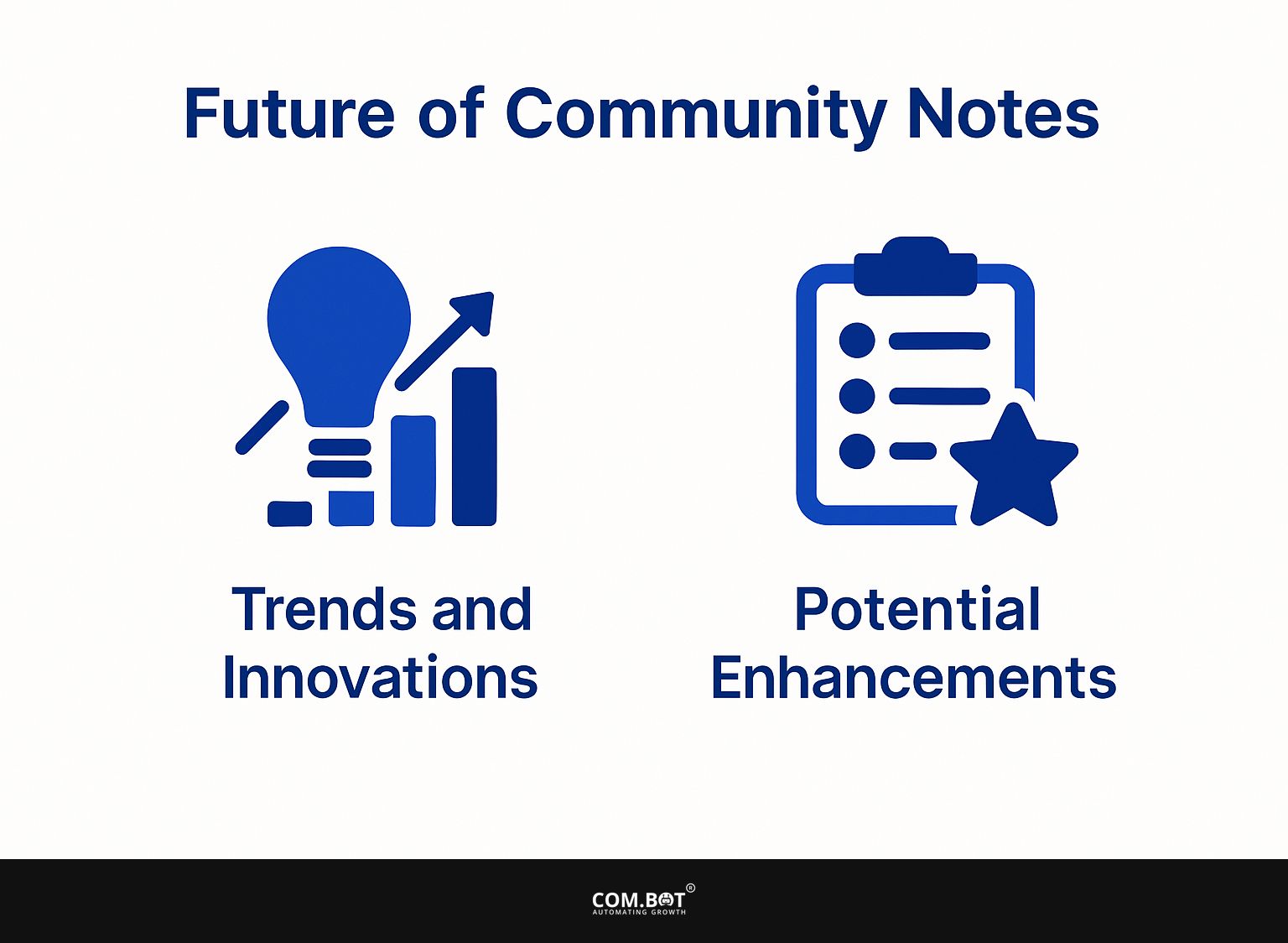
1. Trends and Innovations
Recent trends indicate a growing use of technology and user involvement to improve the success of Community Notes in fighting misinformation.
To take advantage of this trend, think about using AI tools like Natural Language Processing (NLP) models to check if community submissions are trustworthy. For example, using tools like Google Cloud AI can simplify checking applications.
Creating a model where users can vote positively or report notes can increase participation and make sure the shared information is trustworthy. Implementing a feedback loop based on these interactions will also aid in refining content accuracy, thus creating a more informed community.
2. Potential Enhancements
Possible improvements for Community Notes might involve clearer moderation processes and better systems for experts to flag content. Implementing a more transparent moderation system can be achieved by providing detailed logs of moderation decisions accessible to users.
Having well-known professionals or scholars check flagged content can make it more trustworthy. Offering regular training sessions for community moderators on identifying biases and resolving disagreements can lead to more consistent decisions.
Tools like Slack or Discord for real-time communication among moderators can also facilitate quicker responses to emerging issues, ensuring that the community remains well-informed and engaged.
Frequently Asked Questions
1. What is the purpose of Community Notes on content accuracy?
The main goal of Community Notes is to let people in the community share their own knowledge and experience on a certain subject, to improve how accurate and trustworthy the information is.
2. How does Community Notes affect the accuracy of content?
When community members add their notes and thoughts, Community Notes brings in more viewpoints and details. This can make the content more accurate overall.
3. Can anyone contribute to Community Notes?
Yes, as long as you are a member of the community, you can add your own notes to the content. However, make sure your notes are relevant, correct, and help explain the topic.
4. Can Community Notes be edited or removed?
Yes, community members have the ability to edit or remove their own notes. However, it’s important to use this feature carefully and only make changes that will make the content more accurate and relevant.
5. How can I find Community Notes on a specific topic?
Community Notes can be found by searching for a specific topic on the platform, and then selecting the “Community Notes” tab on the content page. This will display all the notes contributed by members of the community on that particular topic.
6. Are there any guidelines for writing Community Notes?
Yes, it is important to follow the platform’s community guidelines when adding your own notes. This involves giving correct details, not sharing personal views, and using trustworthy sources when needed.
